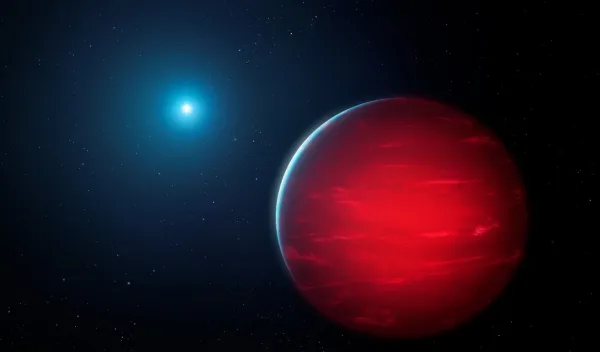
Citizen astronomer helps identify more than 30 ultracool dwarf binary systems
A citizen astronomer participating in the U.S. National Science Foundation-supported Backyard Worlds program examined archival data provided by the Community Science & Data Center and found 34 new ultracool dwarf binary systems, nearly twice the number of confirmed ultracool dwarf binary systems. The citizen astronomer led a team of astrophysicists in publishing the findings in The Astronomical Journal.
Brown dwarfs, larger than the biggest planets but smaller than most stars, are hard to identify thanks to their dim light and diminutive stature. A brown dwarf with a companion star is known as a binary. How commonly stars pair off in binary systems is a question that astronomers are working to answer, and this time, citizen astronomers stepped in to help.
Thousands of volunteer citizen scientists analyzed telescope images searching for faint brown dwarfs illuminated by nearby stars, looking for signs of movement that artificial intelligence and machine-learning applications can miss.
"The Backyard Worlds project has fostered a diverse community of talented volunteers," said Aaron Meisner, an astronomer at NSF's NOIRLab program and co-founder of Backyard Worlds. "150,000 volunteers across the globe have participated in Backyard Worlds, among them a few hundred 'super users' who perform ambitious self-directed research projects."
Added Chris Davis, NSF program director for NOIRLab, "This amazing result clearly demonstrates that NOIRLab's data archive has a reach far beyond that of professional astronomers. Keen members of the public can also participate in cutting-edge research and directly share in the joy of cosmic discovery."
Insights from the findings could help astronomers determine where brown dwarfs fit between small stars and giant planets. In turn, that could lead to a clearer picture of how solar systems evolve.
